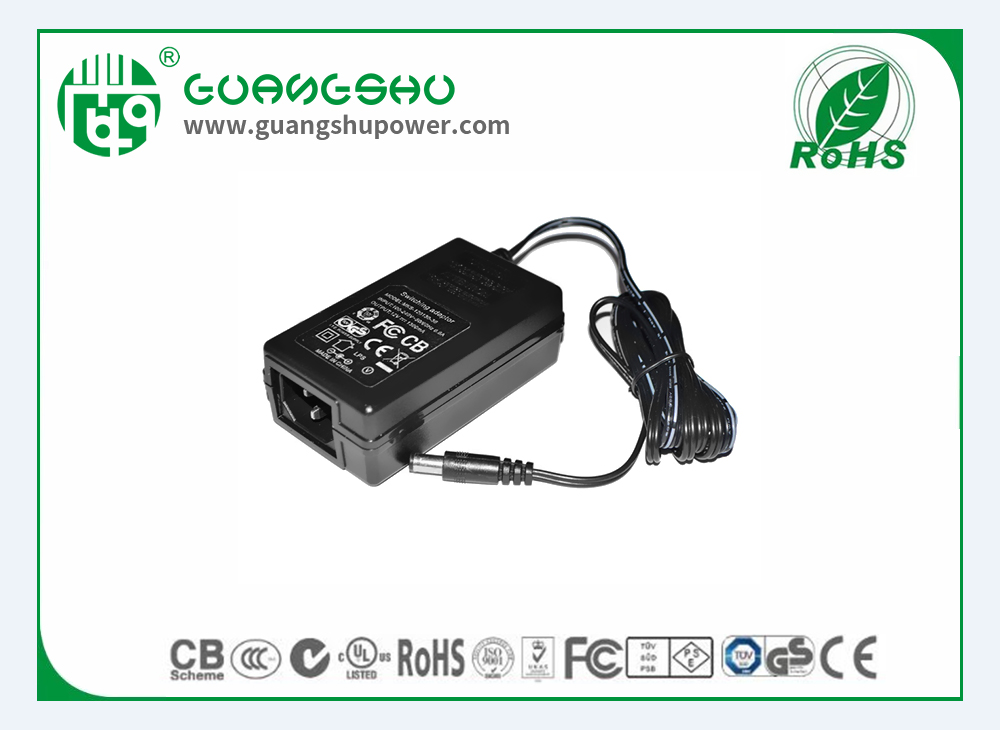Time:2025-04-15 Views:0

Ripple in switch power adapters refers to the small, unwanted AC voltage components that are superimposed on the DC output voltage. This phenomenon is an inherent characteristic of the switching process in power adapters. When the power adapter converts the input AC voltage to DC, the switching transistors operate in a pulsed manner. During the on - off transitions of these transistors, electrical transients occur, which lead to the generation of ripple.
The magnitude of the ripple is an important parameter as it can affect the performance of the devices being powered. For sensitive electronic components such as integrated circuits in smartphones, tablets, or high - end audio equipment, excessive ripple can cause noise, instability, and even damage in extreme cases. In audio applications, for example, ripple can introduce audible humming or buzzing sounds in the output.
To reduce ripple, power adapters often employ filtering techniques. Capacitors are commonly used in the output stage of the adapter. Larger capacitors can store more charge and help to smooth out the voltage fluctuations, reducing the ripple amplitude. Inductors can also be incorporated into filter circuits. These inductors oppose changes in current, which further helps in attenuating the ripple. In addition, more advanced designs may use active filtering techniques, where additional control circuits are used to actively counteract the ripple.
Monitoring and controlling ripple is crucial for ensuring the reliable operation of electronic devices, and power adapter manufacturers strive to keep ripple levels within acceptable limits specified by industry standards.
Read recommendations:
54V0.6A Wall Plug Chinese Standard